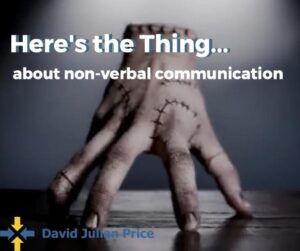Who is the drummer in your meetings? Who sets the pace?
Every meeting has a rhythm, a pace, sometimes called the cadence. Surprisingly, it’s not always the person running the meeting. But it should be.
In almost every piece of music, the drummer is the first to start playing. There’s a reason for that. The drummer sets the rhythm. Everyone else takes their timing and rhythm from the drummer.
If you run meetings, see yourself as the drummer. The other players are important but they all contribute to the meeting in different ways. Some play, then rest, then play again. Others play most of the time. The drummer really earns their keep. They are like the fuel in your car – no fuel – no go.
So how do you make your role as drummer effective? Well firstly, you need to be attentive to everything that is happening – who is saying what, why, where it fits and most importantly – so what. It’s called reading the meeting.
You can move things along, or you can slow things down – just like the drummer. You can slow the pace, or increase it.
Every now and then you can add a cymbal – ask a deep dive question to get to the nub of the issue.
Drummers have a key instrument which they use all the time. The untrained ear cannot hear it but if it stops, the music loses something – it loses a lot. It’s the bass drum. The drum the drummer is constantly playing with their foot pedal.
If you are running the meeting you need to do the same – keep your foot on the pedal. It provides stability. Leaders with presence have a “knowing” about this. Emerging leaders often wonder how they do it.
Watch and listen for the silent drum. It’s the key to a well run meeting.
McKinsey’s published a great article on other aspects of meetings. It’s worth a read:
https://www.mckinsey.com/business-functions/organization/our-insights/want-a-better-decision-plan-a-better-meeting
313




